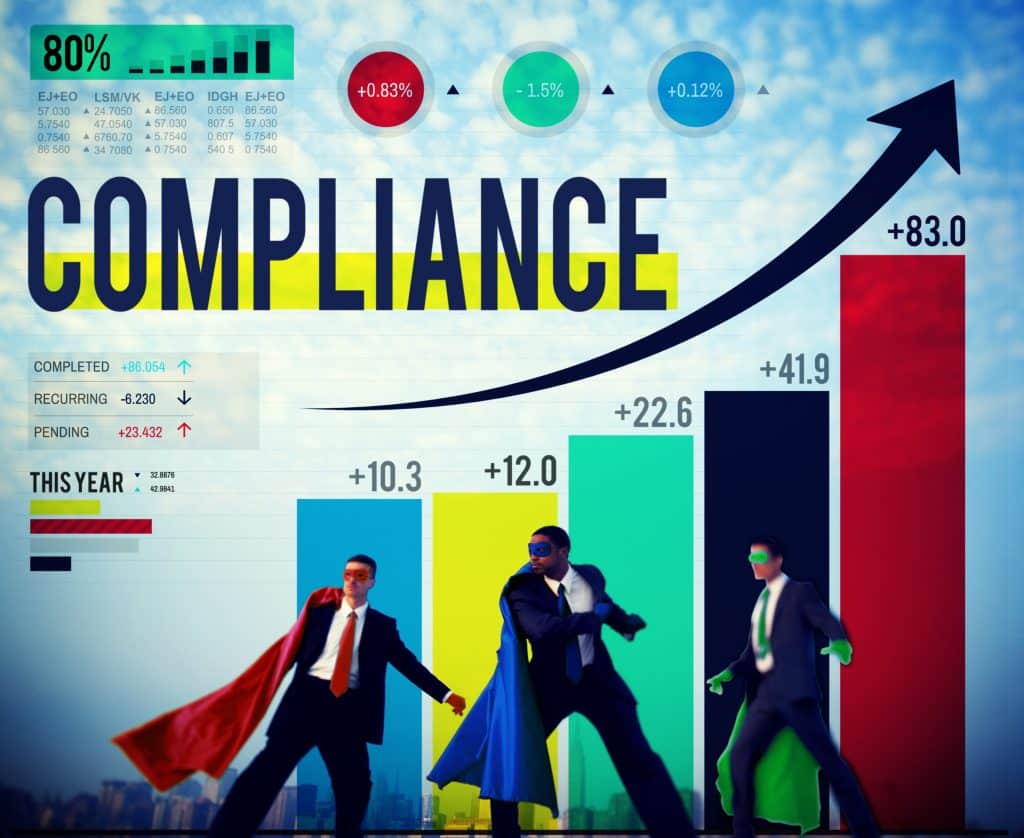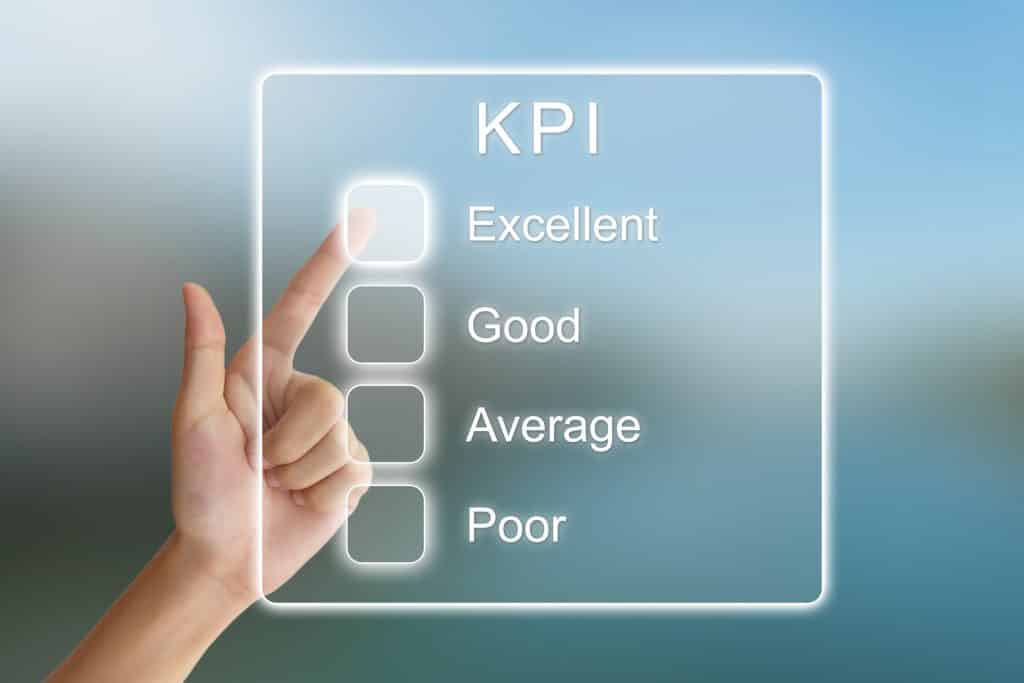The Essentials of E-commerce Retail Compliance
Retail compliance is the bedrock of any successful online brand. More than ever before, orders have to move through your fulfillment process quickly, accurately, and on-time. Anything less than service levels that habitually surpass 99% and higher will open up your business to lost customers and a reputation for failure.
In the world of order fulfillment, it's easy to talk a good game but all that really matters is delivery. Nowhere is this truer than for online retailers, who live or die by efficient ordering and timely shipments, because competing sites are just a click away for their customers.
This is why compliance guides and service level agreements are so important, which is exactly what we focus on in this article.

Retail Compliance: Back to Basics
The bottom line of retail compliance is shipping the right items, on-time, in the correct quantities.
If that sounds simple from the outside, dig in and you'll find many more layers of complexity. From managing multiple carriers to meeting various legal and quality requirements, maintaining compliance can quickly become a full-time task.
Thankfully, there are some tried-and-trusted methods to make sure your compliance expectations are clear and processes are followed.
One of the first areas to explore is EDI integration. The fulfillment technology behind this is a key consideration in its own right, but the basic idea is that you should be able to push and pull data between your system and those of your vendor(s) in real time. Close integration and the seamless flow of vital data points provides the firm base for all other compliance considerations.
From there, you'll want to create clear documentation and service levels in conjunction with your service providers to confirm everyone is on the same page and working towards the common goal of building your brand reputation.

Inside the Compliance Routing Guide
For many retailers, e-commerce agents and supply chain vendors, the key to compliance is a good routing guide. This is an evolving document that explains processes and technical requirements for service providers, as well as defining fulfillment key performance indicators (KPIs) that set expected levels of service.
In short, a good routing guide should:
- Standardize your fulfillment instructions to vendors,
- Cover all standard process questions that a vendor might have,
- Formalize an agreed level of service,
- Measure compliance with requirements and service level agreements.
By creating this critical document in conjunction with your supply chain partners and scheduling regular reviews, compliance becomes a great deal easier to track, maintain, and update. When all of your vendors are on the same page and had a hand in defining fulfillment requirements, you'll inevitably see a marked increase in performance and compliance.
Retail Compliance for an E-commerce World
With the rapid growth of e-commerce, as we often note, customer expectations are only heading upwards. From faster order processing to more diverse product lines, and shorter delivery lead times, satisfying your customer and keeping them coming back for more falls squarely on the shoulders of your fulfillment solution.
In the online retail environment, compliance becomes even more important.
In many cases, we're now dealing with individual orders shipped directly to the end customer. While that means lower bulk volumes at the pick and pack stage, it inevitably leads to many more opportunities for errors to creep in. The wrong item could be picked, or the right item in the wrong color or size. A poorly packaged product could be damaged in transit, which is even more damaging to your brand when it is the only item your customer is anticipating and excited for. An expected order might never even arrive if an incorrect shipping address isn't used, or a package doesn't meet carrier requirements, frustrating the end customer even more.
In a retail store shipment setting, these individual errors are inefficient but not irreparably damaging to your business, because they're usually a small part of many other items successfully shipped and received.
For e-commerce retailers, the individual order is everything; customers rarely offer a second opportunity to impress them. Throw in seasonal order surges during the holidays, not to mention the direct competition from other online sites, and it's easy to see why e-commerce retail compliance is so central to the success of any online sales business.
As much as technology increases expectations, however, with the right fulfillment partner it can also deliver the solutions you need to satisfy them.
Systems such as custom web portals to monitor and manage fulfillment operations, end-to-end visibility of orders, online tracking, and returns management empower e-commerce retailers of all shapes and sizes to run an efficient operation on the web.

Unsurprisingly, the success of all of these systems is rooted in clear guidelines and commonly understood performance indicators.
Some standard e-commerce retail compliance measures you might want to consider employing are:
- Order processing
- On-time delivery
- On-time in full delivery (entire order satisfied)
- Complete orders %
- Shipment errors / order pick accuracy
- Damage-free %
- Return to vendor rate
- Average days late
Common Compliance Challenges
As with any standardized processes and guidance, unforeseen challenges mean things can still go wrong. In order to expect the unexpected, so to speak, here are some areas you can review to make sure you've done all you can to minimize errors and mitigate the associated risk to your business:
In order to expect the unexpected, so to speak, here are some common areas you can review to make sure you've done all you can to minimize errors and mitigate the associated risk to your business:
- Inadequate or incomplete guidance documents.
- Fulfillment provider does not have the team or technology to consistently perform to required standard.
- Service provider is not involved in the compliance conversation early enough, leading to unrealistic service levels and stretched resources.
- Too many suppliers to manage, leading to inconsistent service levels.
- Lack of measurement to confirm SLAs are being achieved.
Not all issues that arise can be considered ahead of time, of course, which is where having a clear chain of communication and a flexible fulfillment partner can help you meet the challenges you simply can't plan for. Even then, though, effective compliance systems help to ensure that everything else runs smoothly enough for you to devote significant fulfillment resources to solving other issues on the fly.
When all is said and done, compliance comes down to clearly communicating your fulfillment requirements, setting agreed service levels with supply chain partners, and monitoring performance based on those SLAs.
If a fulfillment provider is unable or unwilling to commit to your retail compliance requirements, it's time to find a partner who will work with you to make them happen.